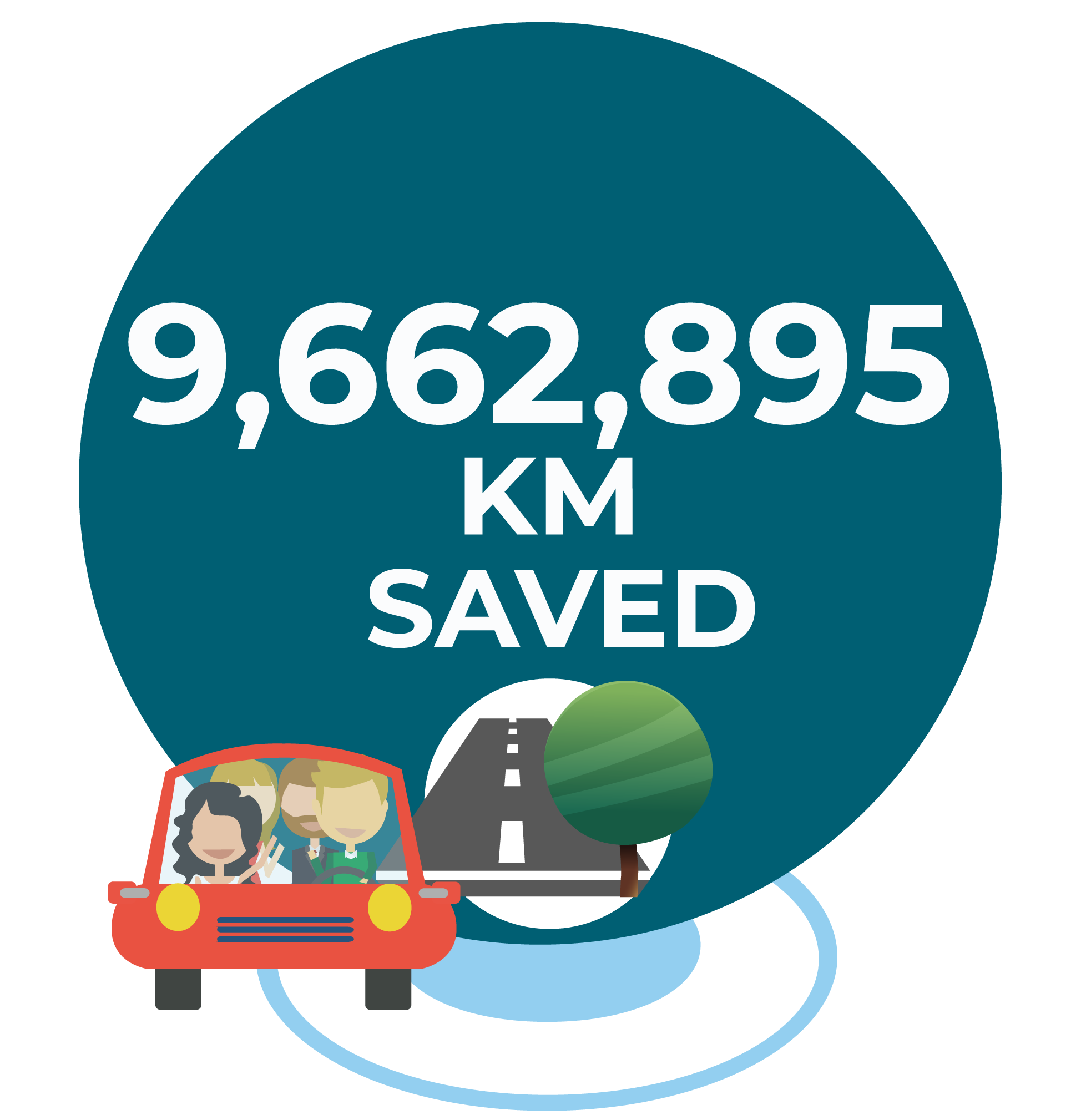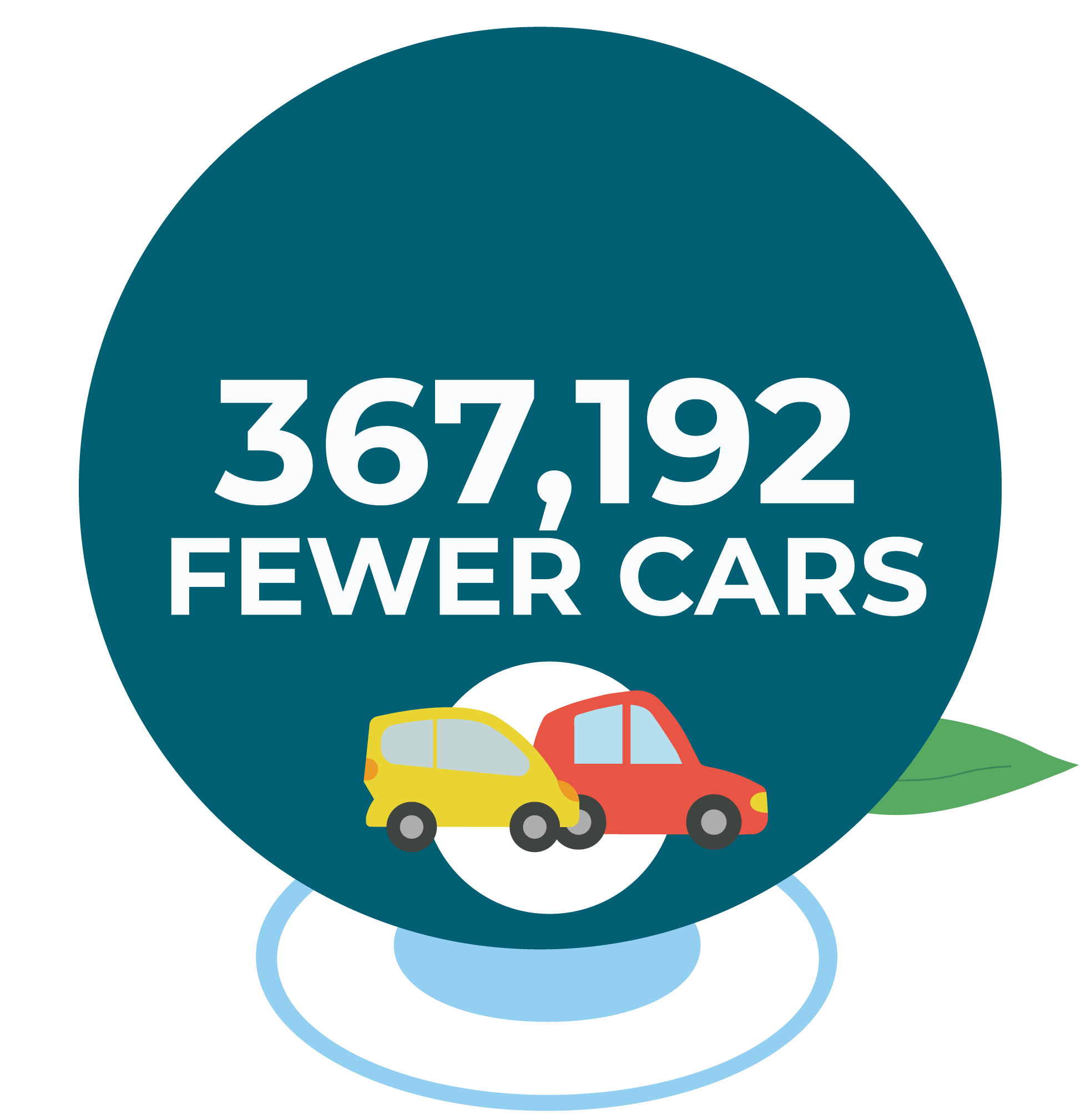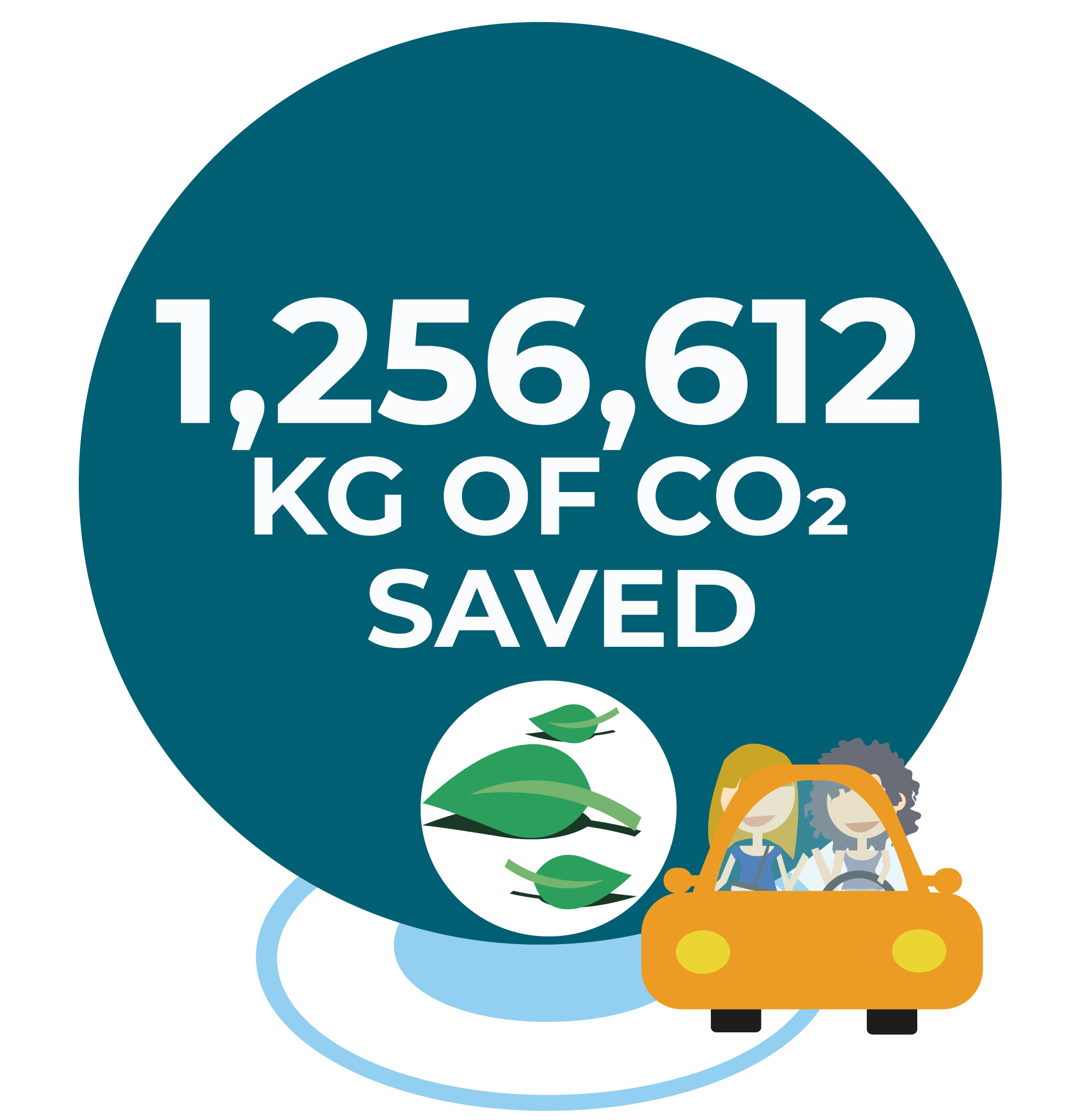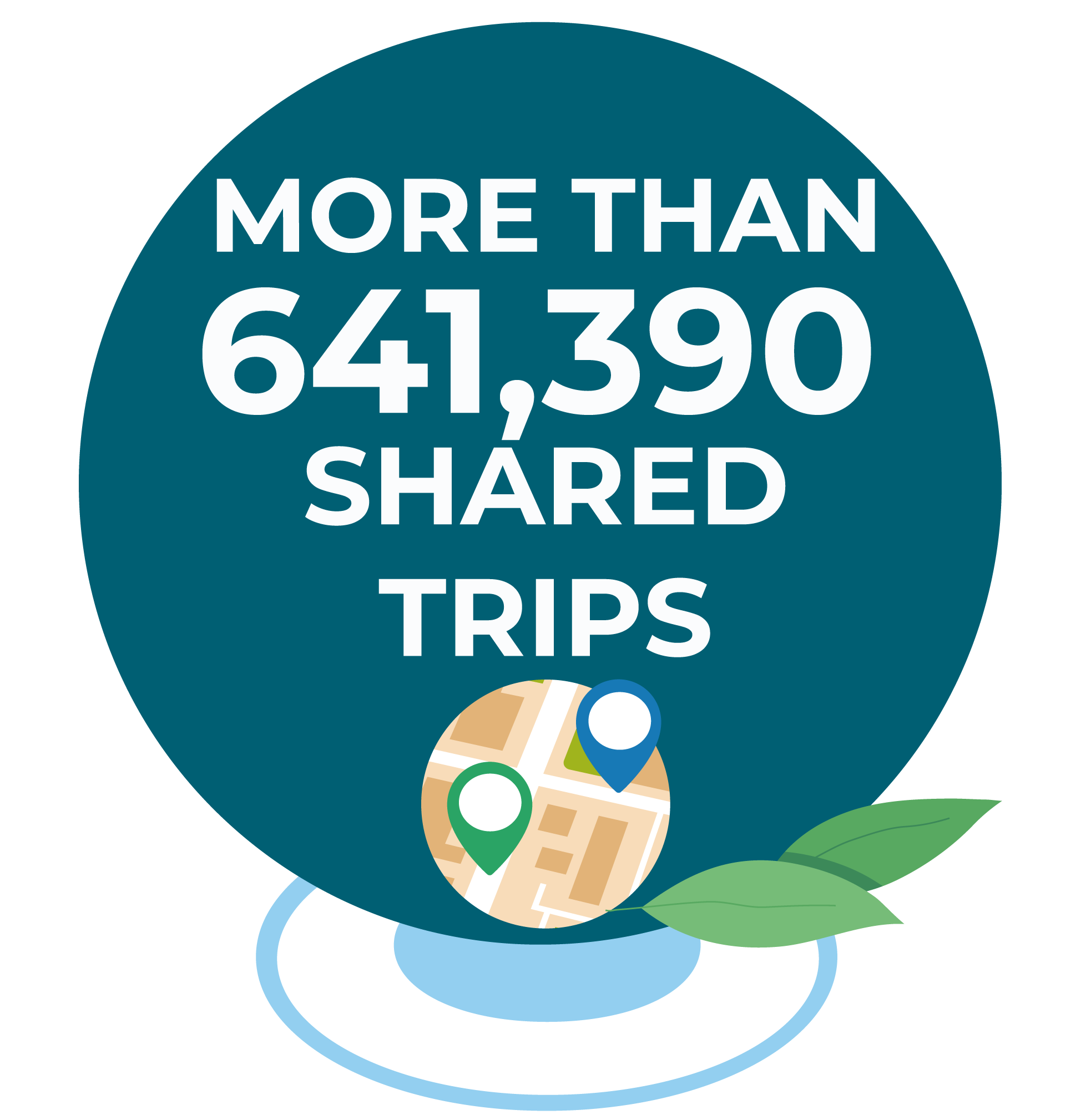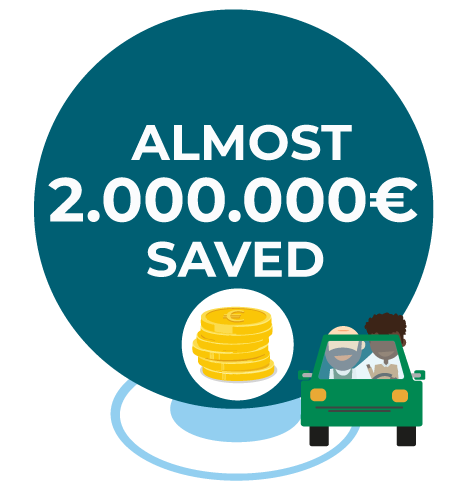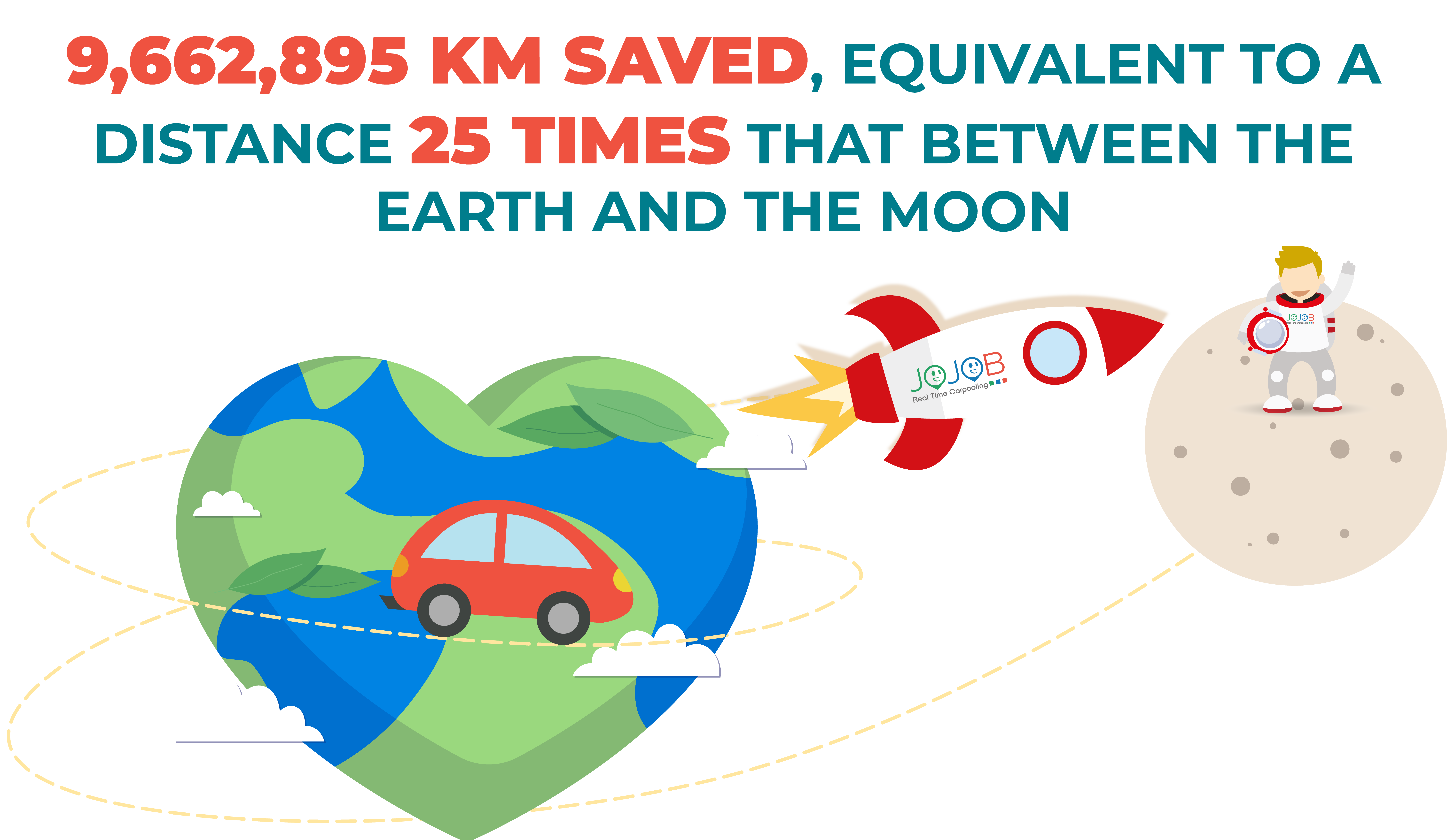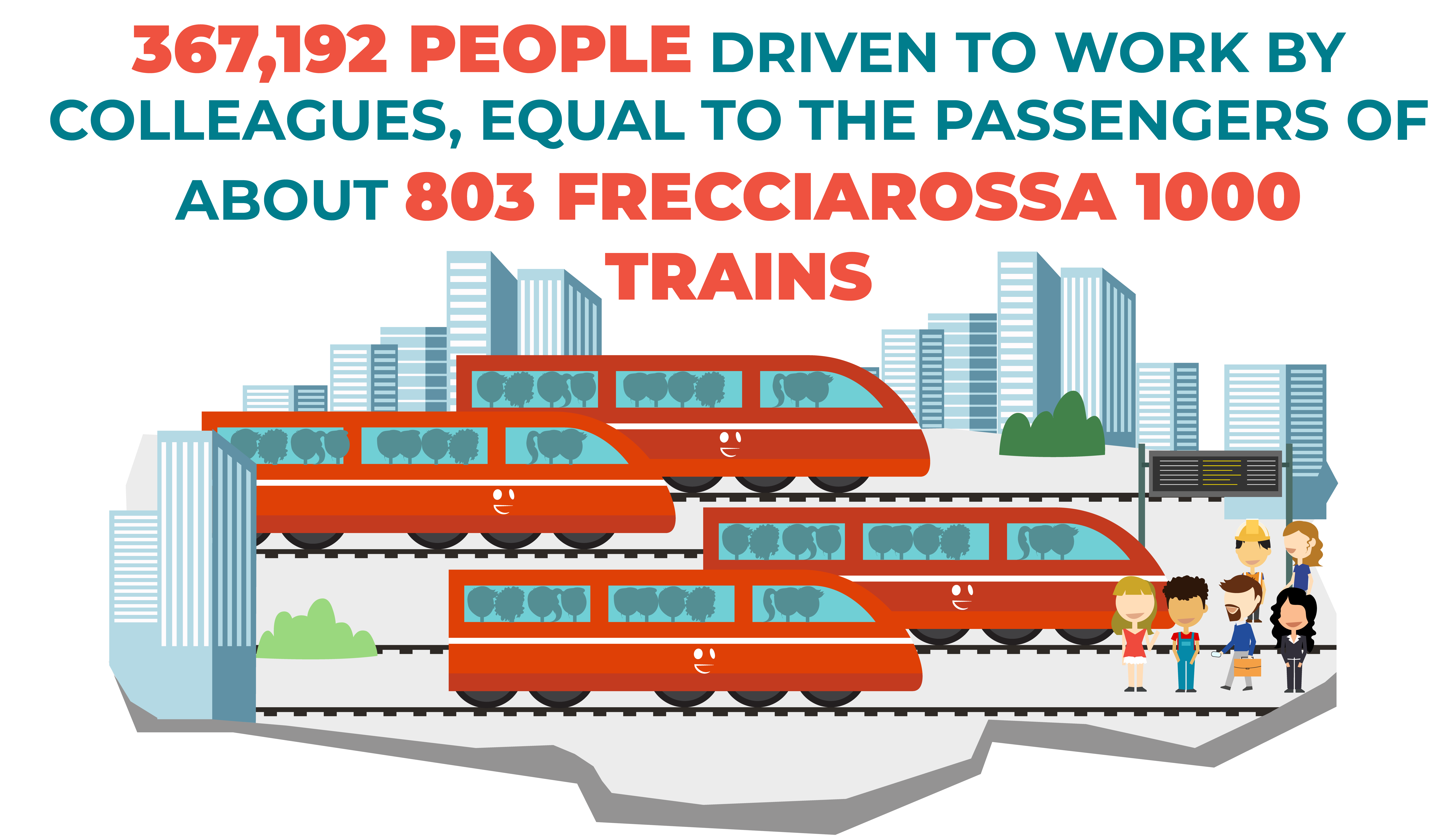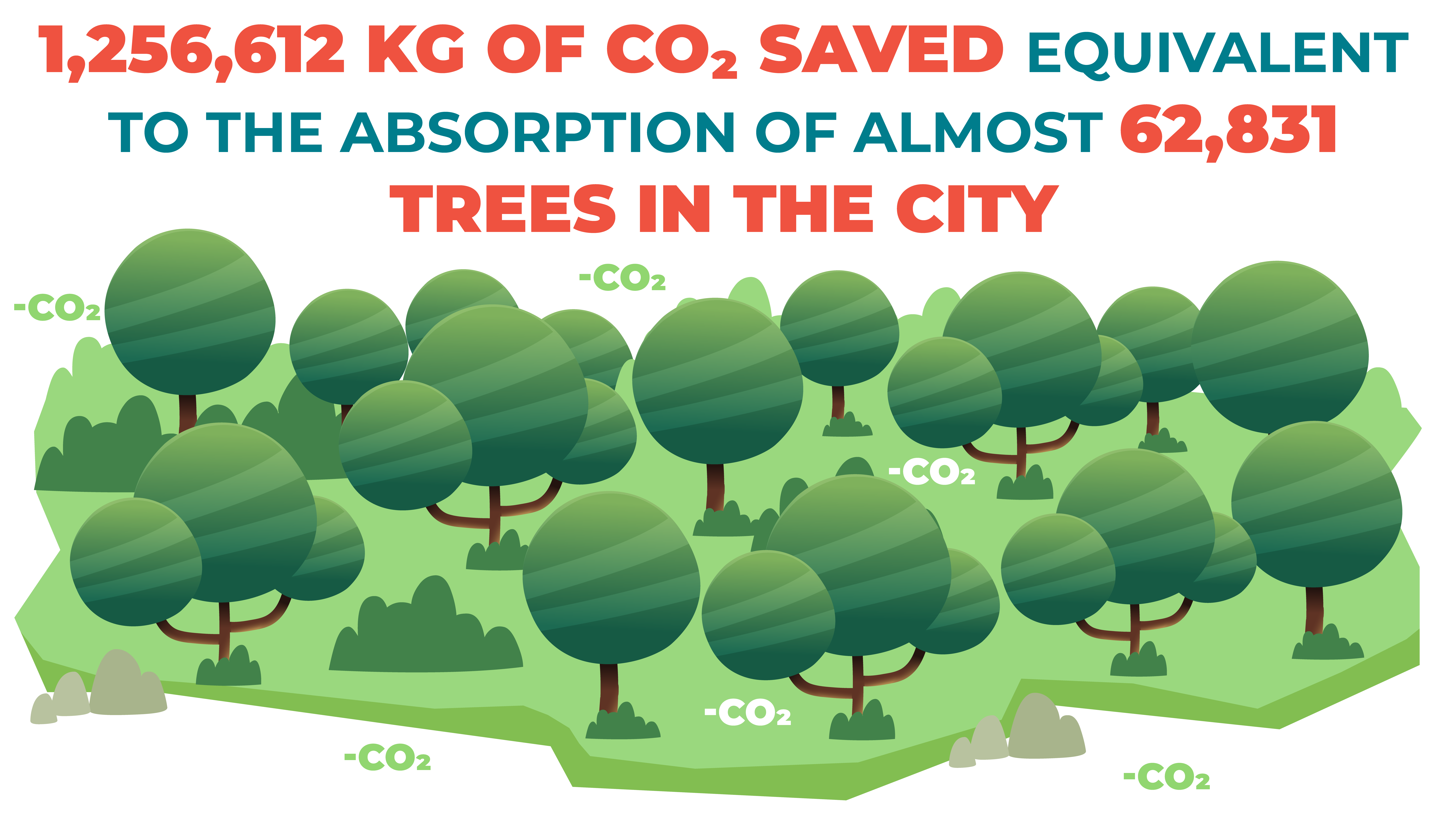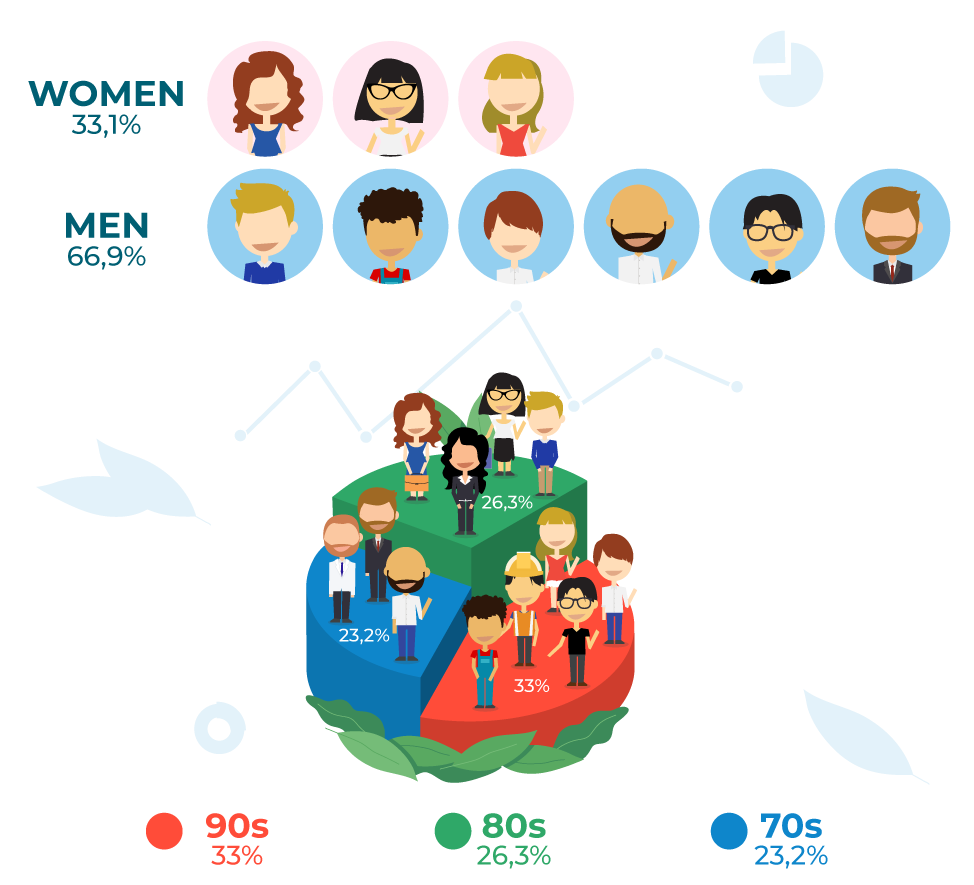The use of carpooling varies considerably across the different Italian regions, with some areas standing out for higher adoption of this mode of transport. Piedmont remains in the lead, increasing from 116,079 trips in 2023 to 144,927 in 2024, a significant rise that brings the region to account for 22.6% of the national total.
Lombardy climbs the ranks, moving from fourth to second place with 98,879 trips (15.4%), surpassing Emilia-Romagna, which, although increasing in absolute terms (from 57,590 to 79,748 trips), falls to third place with 12.4%. A leap forward is also seen for Apulia, which goes from just 481 trips in 2023 to 64,305 in 2024, reaching fourth place with a 10% share of the national total.
The Veneto, however, drops from second to fifth place, while still maintaining a significant figure of 58,301 trips (9%). These changes highlight how carpooling is spreading more widely, with particularly marked growth in certain regions.
The impact of carpooling is measured not only in terms of trips made but also in the environmental and economic benefits it generates. Compared to 2023, the regions with the best environmental performance have consolidated their results and in some cases achieved significant improvements. Piedmont remains at the top, increasing kilometers saved from 1,438,371 to 1,922,334 km, with a positive impact on emissions rising from 186,430 kg of CO₂ saved to 249,908 kg and economic savings from €286,839 to €384,216.
Lombardy recorded an impressive increase, raising kilometers saved from 618,993 in 2023 to 1,248,466 km in 2024, with a CO₂ reduction of 162,308 kg and more than doubling economic savings, from €123,619 to €249,748.
Emilia-Romagna also significantly improved its figures, increasing kilometers saved from 592,603 km to 880,938 km, CO₂ reduction from 77,049 kg to 114,535 kg, and economic savings from €118,685 to €176,364.
Even regions with a smaller number of trips contribute to overall sustainability, with significant leaps compared to the previous year.
Apulia, for instance, achieved an extraordinary result, reaching second place for kilometers saved (1,618,864 km), with an environmental impact of 210,456 kg of CO₂ avoided and economic savings of €323,605. The Lazio region, meanwhile, maintains a stable position, with 49,173 trips, 945,917 km saved, 122,971 kg less CO₂, and €188,790 in economic savings.



